Are you tired of expensive teeth-whitening procedures that promise brilliant white smiles while emptying your pockets? If yes, the solution to your problem might be hiding in an unlikely spot within your pantry: baking soda!
For decades, baking soda has been a reliable household item with multiple uses, such as cooking and cleaning. However, it may come as a surprise that this versatile product can also improve your oral health significantly! Its powerful properties effectively remove tooth stains and enhance the brightness of your smile. Hence, baking soda is an outstanding option for maintaining good dental hygiene.
Wait a moment! Before you use baking soda to whiten your teeth, there are crucial things you should know. We’ve put together some tips and instructions on how to effectively use baking soda to brighten up your smile. So sit back and get ready for an amazing transformation that will have everyone admiring your shining grin!
IS IT TRUE THAT BAKING SODA CAN WHITEN TEETH?
Sodium bicarbonate, commonly called baking soda, is not only a common household item but also has proven effective in maintaining good oral hygiene. Due to its gentle yet powerful composition, it can remove stubborn stains from teeth and keep them looking healthy and white.
It’s no wonder that many kinds of toothpaste and whitening products incorporate sodium bicarbonate into their formulas as one of the primary ingredients.
According to a study, using toothpaste containing baking soda led to significantly greater plaque removal than non-baking soda paste. This underscores the advantages and efficacy that adding baking soda can bring in terms of dental health and hygiene, suggesting it could be an excellent complement to your oral care regimen.
HOW TO UTILISE BAKING SODA FOR TEETH WHITENING?
Here are some tips to utilize baking soda and maximize its benefits:
1. WATER AND BAKING SODA
Multiple researches indicate that oral products infused with baking soda can be highly effective in removing plaque. By mixing water and baking soda, a paste is created, offering teeth-whitening benefits while eliminating the buildup of plaque.
To make the paste, blend a teaspoon of baking soda into 1 to 2 teaspoons of plain water, then apply it generously to all your teeth using a toothbrush. Leave for no less than one minute before rinsing off thoroughly with clean running water. It’s generally advised to perform this daily practice for at least seven consecutive days.
2. BAKING SODA AND SALT MIX
Salt can act as an organic disinfectant, which enables it to eradicate oral bacteria and plaque. Additionally, it serves as a tender abrasive for eradicating teeth stains. If mixed with baking soda, you can experience its instantaneous effects. To execute this remedy flawlessly, combine 1.5 teaspoons of baking soda and half a teaspoon of rock salt in equal amounts.
Glide the mixture onto your teeth surface consistently for two to three minutes and then rinse thoroughly using water afterward. Ideally, maintaining good oral hygiene requires utilizing this rejuvenated amalgamation at least once per week to achieve optimal results holistically. Why not implement this technique yourself today and embrace a gleaming smile?
3. BAKING SODA AND TOOTHPASTE
Fluoride-based toothpaste aids in plaque removal and decay prevention, while baking soda offers a natural alternative for whitening. Its abrasive qualities allow gentle polishing to eliminate surface stains effectively.
To create a homemade natural tooth whitener, combine half a teaspoon of baking soda with one teaspoon of your regular toothpaste. Brush gently on the teeth using this mixture for 2-3 minutes before rinsing off thoroughly with water. You can achieve visible results by consistently repeating this process twice weekly over at least one month.
4. LEMON JUICE AND BAKING SODA
Combining baking soda and lemon juice can remove stains from your teeth while also brightening them. However, caution should be exercised due to their abrasive properties. Nonetheless, this remedy is better used sparingly as excessive use may cause damage to the surface of one’s teeth. In fact, it has been discovered that prolonged exposure to lemon juice causes serious enamel erosion and consequential harm to dental health.
To prepare this solution, gather a small amount of baking soda and 2 to 3 drops of lemon juice. Proceed by sprinkling the baking soda onto your toothbrush, followed by adding the lemon extract to it. Next, gently scrub your teeth for approximately two minutes before finally rinsing off entirely.
To prevent any harm to your teeth, it is advisable to utilize this treatment only once every 2 to 3 months.
KEY TAKEAWAY
In conclusion, using baking soda for teeth whitening can be a game-changer for a brighter smile without breaking the bank. With its proven effectiveness in removing stains and plaque, baking soda offers a natural and affordable alternative to costly dental treatments. However, it’s crucial to use it wisely and in moderation, especially when combining it with other ingredients like lemon juice.
By following the above-mentioned tips and techniques, you can achieve dazzling results and leave everyone marveling at your radiant smile. So why wait? Dive into your kitchen cupboard, grab that trusty box of baking soda, and achieve the smile you have always dreamt of.






